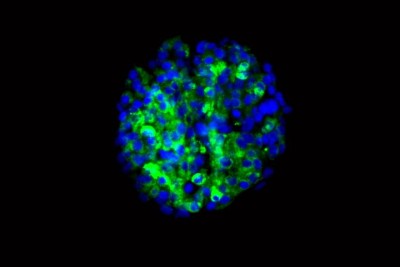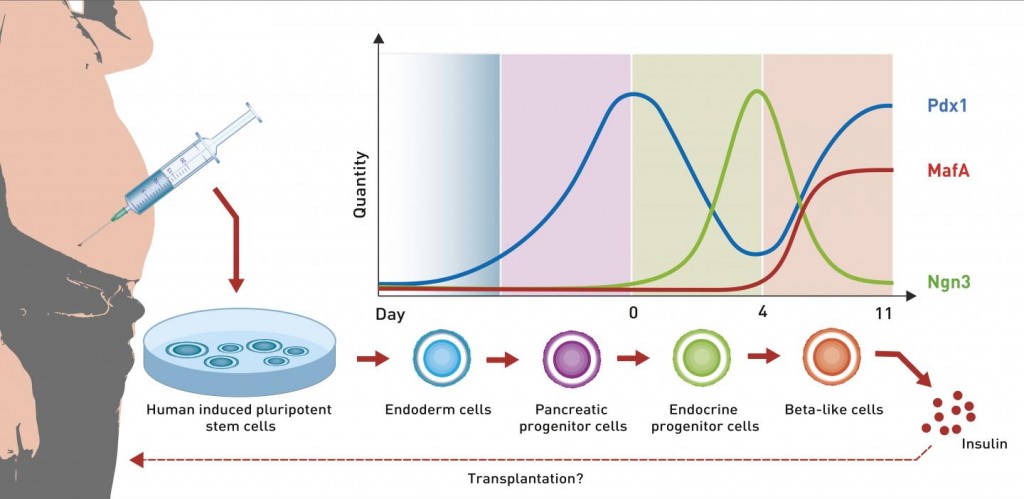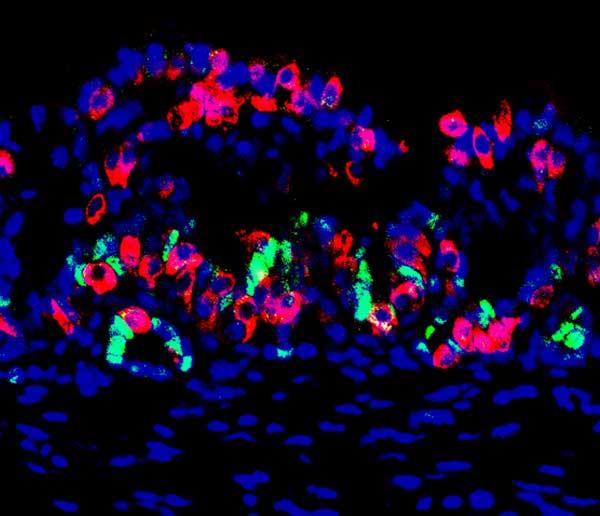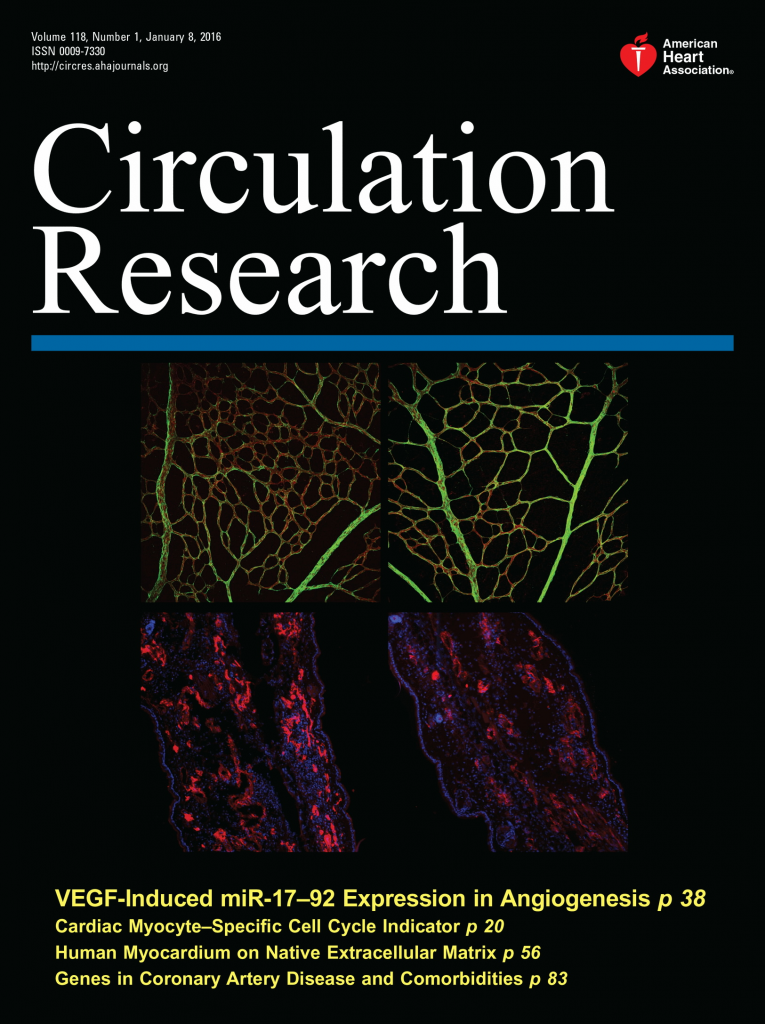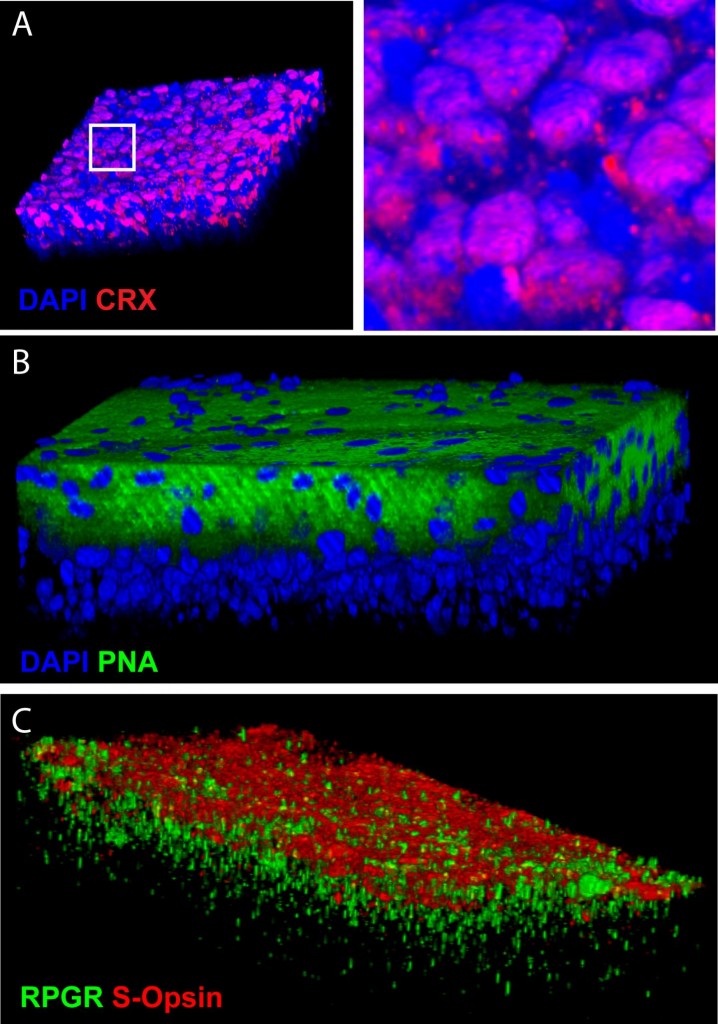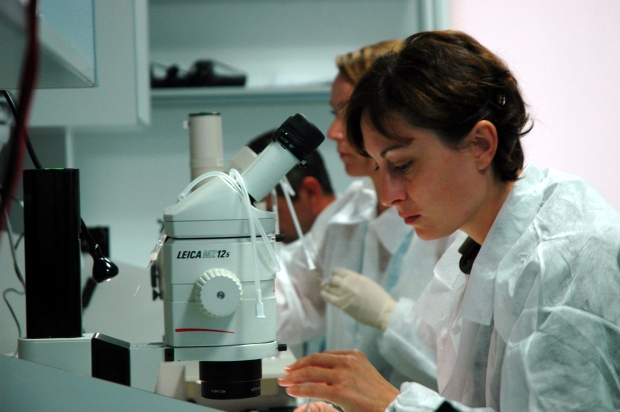July 2006 - University of Utah researchers have taken a potentially powerful new therapy for treating diabetes, peripheral vascular disease, and other illnesses out of the test tube and into animals by demonstrating it restores nerve and blood vessel growth in mice.
The research has particularly important implications for the estimated 21 million Americans with diabetes, a disease that damages both nerves and blood vessels.
The therapy involves netrins, a family of proteins that promotes nerve development. In a study to be published this week in the journal Science Express, the Utah researchers and colleagues from other universities showed netrins not only accelerated blood vessel growth in ischemic mice (those with constricted blood flow) but they also restored blood vessel and nerve growth in diabetic mice. Dean Y. Li, M.D., Ph.D., a cardiologist and associate professor of internal medicine at the University's School of Medicine, is the study's corresponding author.
"We now have a (growth) factor that attracts both blood vessels and nerves--that's why it's unique for diabetes," Li said. "This demonstrates that netrins are critical for development and may be important as a new therapy."
Li and fellow researchers from the University of Utah and Stanford already had shown Netrin-1, a member of the netrins family, promotes blood vessel growth in laboratory cultures. But, until now, it had not been demonstrated that netrins work in animals.
Continue Reading Below ↓↓↓
The researchers tested netrins and vascular endothelial growth factor (VEGF), a gene-based therapy in Phase 2 clinical trials, in mice. They used the same method to inject netrins and VEGF. In the mice whose blood circulation was decreased by peripheral vascular disease, the researchers found netrins and VEGF promoted blood vessel growth equally well. But in the diabetic mice, netrins proved markedly better at promoting blood vessel and nerve growth than VEGF, according to Li.
Already in Phase 2 clinical trials, VEGF may be available as a therapeutic gene therapy within five years. Gene therapy requires expertise that is available in only a few medical centers. The hope is that netrins could be more effective and may not have to be delivered as a gene therapy, making it available to a much larger group of patients, according to Li.
Proving netrins work in mice is a big step, but Li says it's only a start.
"We have to find a better way to deliver the therapy," he said.
A biopharmaceutical drug would make a good way to give the therapy. As for any drug, to develop and get a therapy approved could take years. If Netrins prove to be a viable therapy and resources are committed to drug development, a netrin-based therapy could be on the market in 10 years, Li said.
Netrins are one of four major classes of neural guidance cues, which induce axons or nerve fibers to extend in specific directions during development. In 2004, Li and his colleagues showed in laboratory cultures that in addition to promoting nerve growth, Netrin-1 also induced formation of blood vessels.
Li conducted the research in conjunction with the laboratories of Chi-Bin Chien, Ph.D., associate professor of neurobiology and anatomy at the University of Utah, and Douglas W. Losordo, of the Division of Cardiovascular Research at Tufts University. The co-first authors include Brent D. Wilson, M.D., a post-doctoral fellow, and Kye Won Park and Arminda Suli, graduate students at the University of Utah.
Li's research into netrin-based therapy for blood vessel and nerve growth is promising enough that he recently received a $750,000 grant from the Burroughs Wellcome Fund to continue his work. This grant is awarded each year to ten researchers nationwide whose science directly impact clinical medicine.
The American Heart Association also awarded him a $500,000 Established Investigator Award, for a total of $1.25 million to advance this research.
Source: University of Utah Health Sciences Center
Continue Reading Below ↓↓↓

